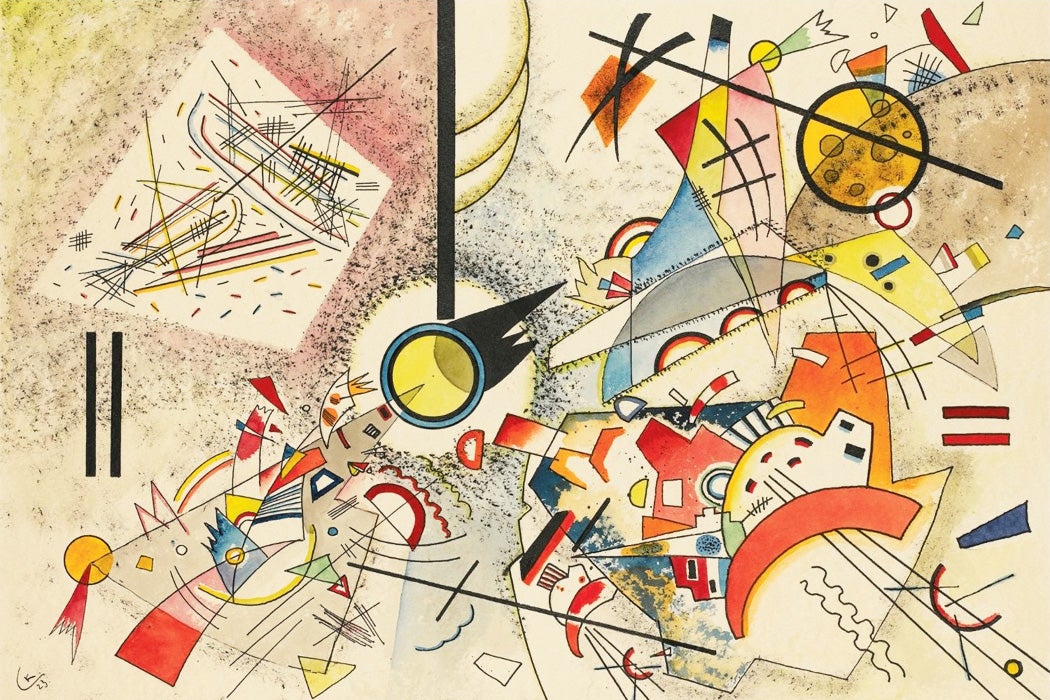Does art matter? All intangible benefits aside, it turns out that the processes of both creating art and experiencing beauty net neural benefits. Neuroaesthetics examines art and our reactions to it from a neurological perspective. Noted neurobiologist Semir Zeki documents how art can stimulate “conceptual relations” in our mind, and not just reactions to the visual art in front of us. According to Zeki’s findings, experiencing any sort of beauty, visual or musical, literally impacts the decision-making areas of our brain.
Art historian Gregory Minissale explains that people can view conceptual art as a puzzle. Experiencing this kind of art is like working through mathematical proof. As he writes:
There are many works of art that use puns and word games to present the viewer with visual paradoxes. One of the earliest examples is Magritte’s Treachery of Images ( Ceci n ‘est pas une pipe, 1928-1929), which, according to Zeki, “goes against everything the brain has seen, learnt and stored in its memory.”
For another example, paintings by Seurat or Mondrian stimulate an area of the brain that also derives joy from solving puzzles for pleasure. Minnissale references Zeki’s studies of “ambiguity.” The idea is that multiple areas of the brain cooperate to solve this “puzzle” of art that, as a result, creates a feeling of satisfaction. When this is happening, there are distinct areas in the frontal lobe that interact and bring together “memory, experience, [and] learning.”
Zeki holds the unusual view that artists are doing the work of neurologists in the way they play with their art and interpretation of objects. In a painting, the brain searches for order and objects. Even when an artist is painting, the brain aims to represent or paint objects as the painter sees them. Zeki writes, “I shall therefore define the function of art as being a search for constancies, which is also one of the most fundamental functions of the brain. The function of art is therefore an extension of the function of the brain—the seeking of knowledge in an ever changing world.”
Weekly Digest
While art and science contain distinct characteristics that may never intersect, the human mind finds that the fields share something significant in common. As Zeki writes:
the single most important question about vision that one can ask: Why do we see at all? It is the answer to that question that immediately reveals a parallel between the functions of art and the functions of the brain, and indeed ineluctably drives us to another conclusion—that the overall function of art is an extension of the function of the brain.







